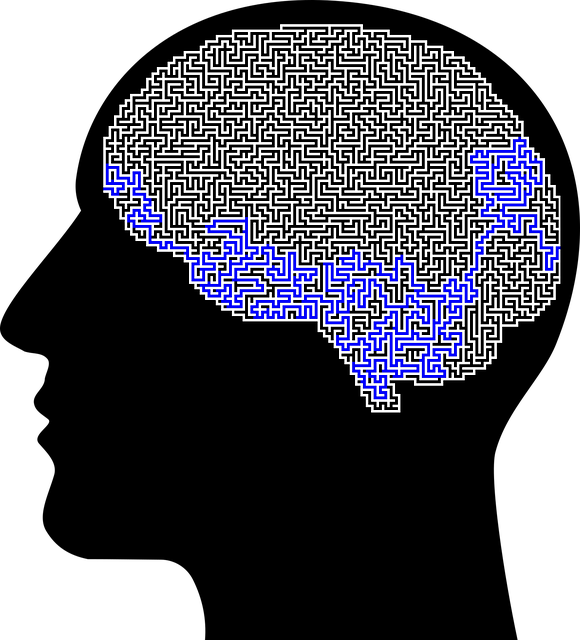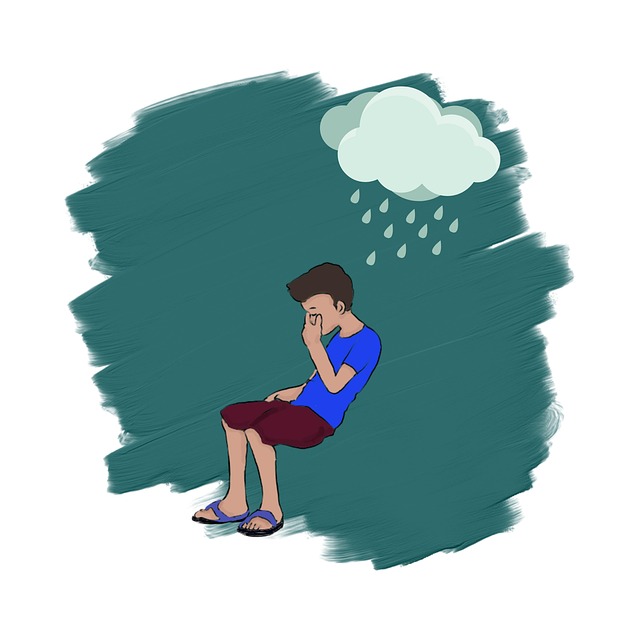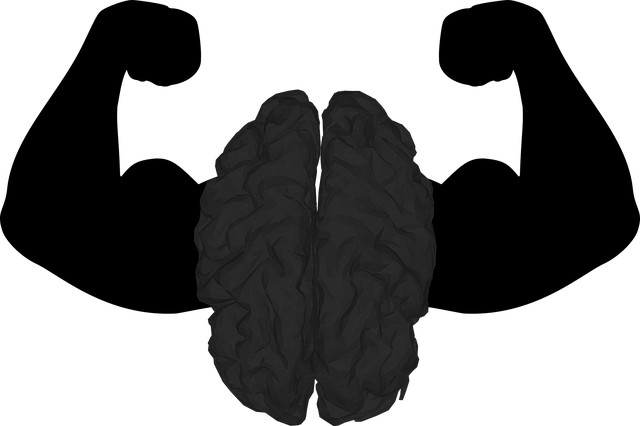Burnout among healthcare professionals is a growing concern due to demanding work and stress. Early recognition and prevention are key. Lone Tree Major Life Transitions Therapy offers effective tools such as empathy building, self-care practices, and emotional healing. Organizations can proactively combat burnout through open communication, regular check-ins, and stress management workshops. Self-care practices, like breaks, hobbies, and mindfulness, boost resilience. Peer support and therapy, like Lone Tree Major Life Transitions Therapy, provide safe spaces for introspection, addressing root causes of stress, and developing personalized coping strategies to enhance inner strength and well-being, reducing burnout likelihood.
Healthcare provider burnout is a growing concern, impacting both well-being and patient care. This article explores evidence-based strategies to prevent burnout among healthcare professionals. We delve into understanding burnout, recognizing early signs, and creating supportive work environments. Self-care practices are emphasized as essential tools for recharging. Additionally, we examine the role of therapy and major life transitions in mitigating burnout, highlighting the importance of Lone Tree Major Life Transitions Therapy for holistic well-being.
- Understanding Burnout: Recognizing the Signs in Healthcare Providers
- Creating a Supportive Work Environment: Strategies for Prevention
- Incorporating Self-Care Practices: Recharging at Every Turn
- The Role of Therapy and Major Life Transitions in Burnout Mitigation
Understanding Burnout: Recognizing the Signs in Healthcare Providers

Burnout among healthcare providers is a growing concern, especially given the demanding nature of their work and the frequent exposure to stressful situations. Recognizing burnout early on is essential for implementing effective prevention strategies. Healthcare providers may exhibit signs of exhaustion, detachment, or reduced performance, often stemming from prolonged exposure to high-stress environments. This can lead to emotional exhaustion, cynicism, and feelings of ineffectiveness, impacting not only their well-being but also patient care.
Lone Tree Major Life Transitions Therapy offers valuable tools for identifying burnout. Empathy building strategies, self-care practices, and emotional healing processes are key components in addressing these signs. By prioritizing their mental and emotional health, healthcare providers can enhance resilience and maintain the compassion that underpins effective patient care.
Creating a Supportive Work Environment: Strategies for Prevention

In creating a supportive work environment for healthcare providers, organizations can significantly contribute to preventing burnout. This involves implementing strategies that foster open communication and emotional intelligence. Encouraging regular check-ins and one-on-one conversations allows professionals to express their concerns, receive support, and share insights about their well-being. Additionally, providing resources for stress management workshops within the organization can help employees develop healthy coping mechanisms.
Integrating Lone Tree Major Life Transitions Therapy as a benefit can also be transformative. These therapeutic approaches not only assist individuals in navigating challenging life changes but also equip them with tools to manage stress effectively. By prioritizing emotional well-being and offering accessible support systems, healthcare organizations can create a culture that values prevention, fostering a happier and more resilient workforce.
Incorporating Self-Care Practices: Recharging at Every Turn

Incorporating self-care practices is an essential strategy to prevent healthcare provider burnout. It involves actively recharging at every turn, recognizing that well-being is not a luxury but a necessity. Simple yet powerful acts such as taking regular breaks, engaging in hobbies outside of work, and practicing mindfulness can significantly enhance resilience against stress and fatigue. Additionally, seeking support from peers, mentors, or even joining community outreach programs can foster a sense of belonging and reduce feelings of isolation.
Lone Tree Major Life Transitions Therapy, for instance, offers valuable tools to navigate personal and professional changes. Emotional intelligence and empathy-building strategies, when integrated into daily routines, can further strengthen self-care regimens. By prioritizing their emotional well-being, healthcare providers can more effectively care for others, making self-care not just a personal choice but a professional imperative.
The Role of Therapy and Major Life Transitions in Burnout Mitigation

Therapy plays a pivotal role in mitigating healthcare provider burnout, offering a safe space for self-reflection and emotional processing. Through structured discussions with trained professionals, practitioners can explore the underlying causes of stress and develop coping mechanisms tailored to their unique experiences. Lone Tree Major Life Transitions Therapy, in particular, has gained recognition for its effectiveness in addressing the challenges healthcare workers often face. This therapeutic approach encourages individuals to engage in self-awareness exercises, fostering a deeper understanding of their emotional responses to demanding work environments.
Integrating therapy into burnout prevention strategies facilitates the development of inner strength. Trauma support services within these therapeutic settings can be instrumental in helping providers process any unaddressed traumas, allowing them to build resilience and enhance their ability to navigate stress. By acknowledging and managing personal life transitions, healthcare professionals can improve their overall well-being and maintain a sense of balance, thereby reducing the risk of burnout.
Healthcare provider burnout is a pressing issue, but through understanding, supportive environments, self-care practices, and the integration of therapy – especially during significant life transitions like those in Lone Tree – we can mitigate these risks. By recognizing signs early and adopting comprehensive strategies, healthcare professionals can find balance and maintain patient care quality over time.














